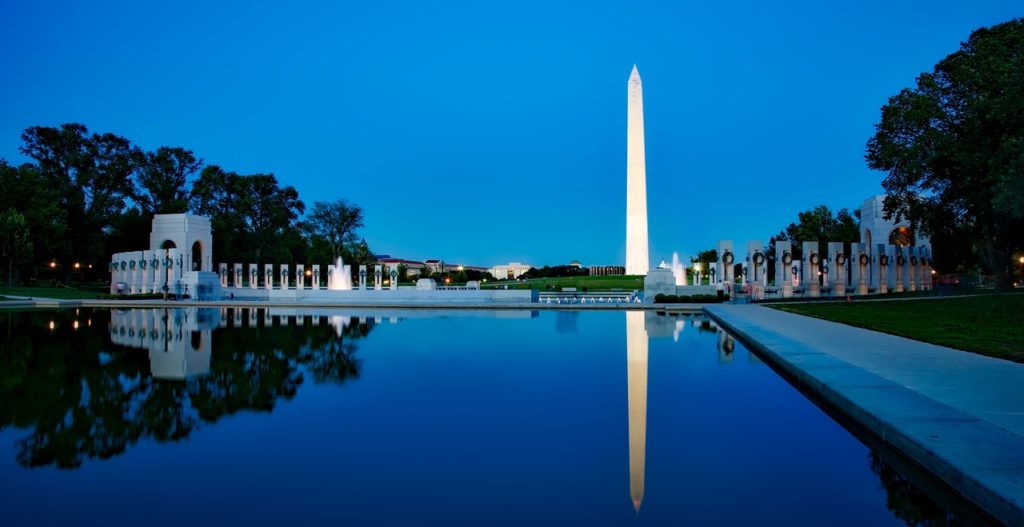As hospices await implementation of a Medicare Advantage hospice carve-in demonstration, President Trump has signed an executive order that seeks to bring Medicare fee-for-service rates in line with Medicare Advantage payments, among other provisions.
The executive order is part of an effort to counter Medicare-For-All policies put forth by Democratic presidential candidates, which were the focus of Trump’s remarks as he signed the order at an event at The Villages, a large senior housing community in Florida.
The president in the order instructed the Secretary of Health and Human Services to develop approaches to modifying traditional Medicare payments to more closely reflect prices paid for those services in Medicare Advantage and in commercial insurance markets, and to report those approaches to the White House within 180 days.
These approaches would be designed “to encourage more robust price competition, and otherwise to inject market pricing into Medicare [fee-for-service] reimbursement,” the order stated.
Medicare Advantage plans are offered by private insurance companies approved by the U.S. Centers for Medicare & Medicaid Services (CMS). Historically, hospice has been excluded from participation in Medicare Advantage, but CMS earlier this year announced the carve-in demonstration would begin in 2021. Reactions to the carve-in demo have been mixed, with some lauding the CMS action and others expressing concern.
“It would be foolish at this point to think that managed care plans are going to get that right. They are more likely, at first, to do what they did with home health, basically not offer the benefit as it was developed but try to ration care in a per-visit model, and that would be very wrong for hospice,” LHC Group (NASDAQ: LHCG) CEO Keith Myers recently told Hospice News. “In hospice you have to be there at a moment’s notice when the patient calls. We don’t know what [the carve-in] is going to look like, but pardon me if I don’t trust the managed care plans to do it right.”
Currently, nearly 34% of Medicare beneficiaries — about 22 million people — are enrolled in Medicare Advantage plans, according to the Kaiser Family Foundation. When a Medicare Advantage enrollee elects hospice their coverage reverts to the hospice benefit, while their Medicare Advantage plan would continue to cover any additional needs that are considered unrelated to the patient’s terminal diagnosis.
Hospices are paid a per diem rate for each day a patient is enrolled, with the amount contingent upon the level of care the patient receives. Under Medicare Advantage, the health plans tend to negotiate with providers to secure lower rates. This could threaten the margins earned by many hospices, which often hover around 2% to 3% according to the Medicare Payment Advisory Commission.
Some hospices fear that they would have to modify or scale-back their services to adjust for lower rates.
“It’s a fair and valid concern. Anytime you have a project that goes out to bid, for example, you are probably going to get a lower price than if you just call one person and tell them how much a service is going to cost,” Chuck Lee, CEO of Cornerstone Hospice & Palliative Care told Hospice News in August. “If we have to have a competitive bidding process as a part of a Medicare Advantage environment, then most likely our reimbursement will go down.”
CMS to date has released very little information as to how the carve-in program will work. Some anticipate that Medicare Advantage plans would remove the six-month terminal prognosis requirement for hospice eligibility, allowing hospices to care for patients earlier in the trajectory of their illnesses and possibly offsetting potential payment reductions.



